Home
Database Update 17 Nov 2013
- Details
The database has been updated and has grown from 305,363 to 306,167 names.
1910 Census
- Details
Although the first official U.S. Census that included Guam was held in 1920, there were Chamorro people included in the 1910 through other methods. Researchers should be cognizant of this, the possibility of names taking on a new form of spelling (possibly forever). Here are three samples of the 1910 Census.
Military on Guam
For Guam in particular, Chamorro people serving the U.S. military and some of their families (not all) were included.
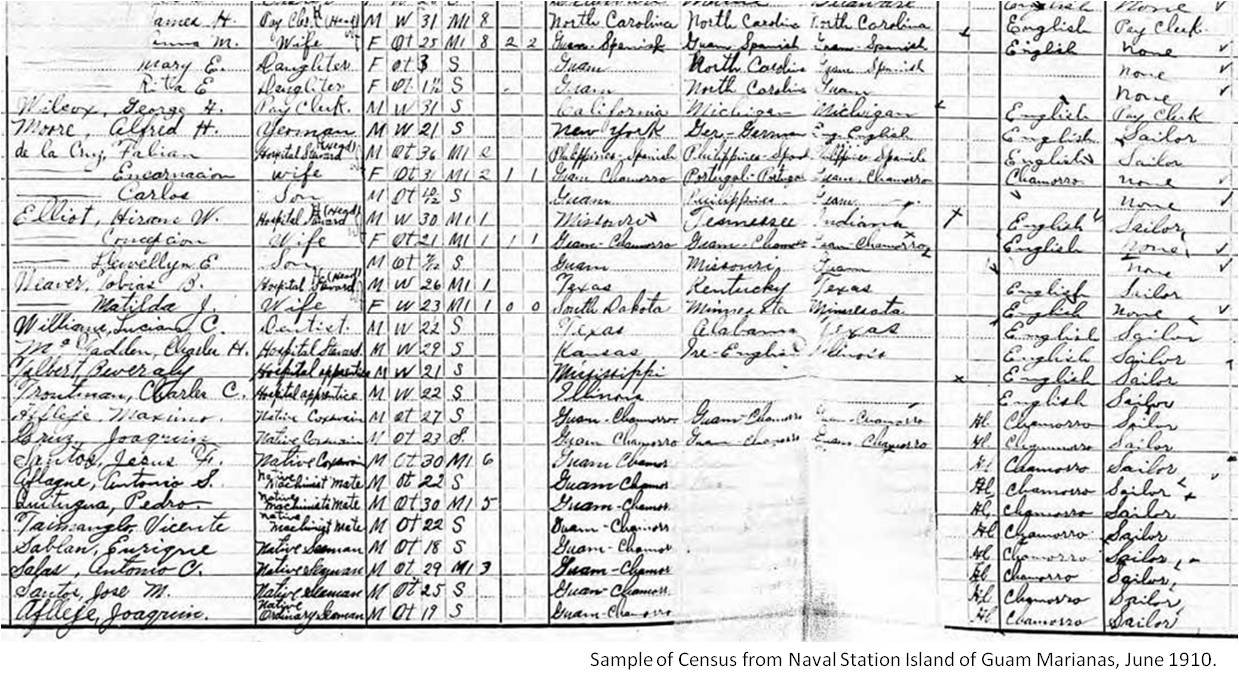
Although some of the information in this pictured sampling is not clear I have identified the following people:
James H. Underwood
m. Ana [Pangelinan Martinez] Underwood
--Mary E. Underwood
--Rita E. Underwood
Fabian de la Cruz
m. Encarnacion [Delgado Pereira] Cruz
--Carlos Cruz
Maximo [Terlaje] Aflleje (single)
Joaquin Cruz (single)
Jesus F. Santos (married)
Antonio S[antos] Aflague (single)
Pedro Quitugua (married)
Vicente Taimanglo (single)
Enrique Sablan (single)
Antonio C. Salas (married)
Jose M. Santos (single)
Joaquin Aflleje (single)
Migration to Honolulu, Hawaii

Pedro [Aguon]
m. Mary Aguon
--Ren Aguon
--Florence Aguon
--Mary Aguon
--Elsie Aguon
--Lusianna Aguon
--Miriam Aguon
(Genealogy Note/Tip: Aguon was spelled “Augon” by the transcriber. This may or may not have affected the future recording and spelling of their family surname. Researchers just need to cognizant that names have a way of morphing through phonetic or translational errors.)
Migration to Stockton, California

Ben Santos (single)
Joe [Mendiola] (single)
Bob Santos
Embracing All of Your Heritage: That Particular Spirit within Us
- Details
In Search of...
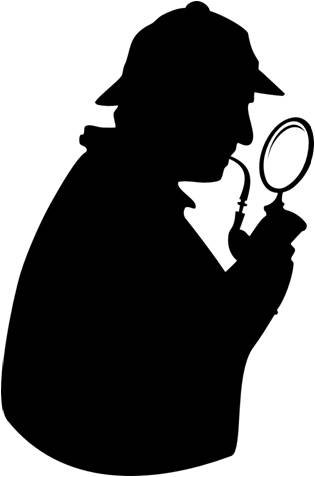 Every now and then I receive requests for assistance to try and help families reconnect with the roots. Some successfully pan out, while others seem to hit a roadblock and remain frigid.
Every now and then I receive requests for assistance to try and help families reconnect with the roots. Some successfully pan out, while others seem to hit a roadblock and remain frigid.
There are many reasons why a family or person may become initially de-linked from others members of their family: relocation, adoption, orphanage, children born out of wedlock, family feuds, abandonment, separation from war, and the list of possibilities goes on.
Somewhere and at some point down the line someone will begin to question the “why” or “how come” and pursue some level of investigation. When that person feels like his/her efforts have not been as fruitful, some will either discontinue or begin to reach out to others for help.
I usually have this saying that there is normally at least one family historian in a family. But what triggers a person’s pursuit to go above and beyond toward digging deeper for answers to unresolved questions? Passion? Incomplete identity? Material gain? Other reasons???
Recent Requests
In the past couple of weeks I have been approached by two people looking for help to learn and reconnect with their ancestral heritage.
In one case, the story, although not too clear, is one of relocation and adoption. Sometime in 1920, a Chamorro gentleman joins the military, becomes assigned in the mainland and marries a “Statesider.” The couple has children and one of the daughters is adopted by another “Stateside” family. From that point the Chamorro ancestral de-linkage begins.
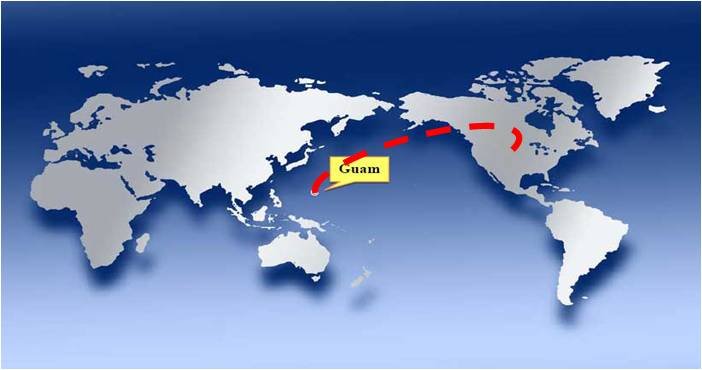
Yet some 90 years later, a descendant of the adopted child, begins her journey to try and reconnect with her Chamorro ancestry. I am happy to say that within a few days of outreach announcements and shared announcements on FaceBook, she succeeded in reconnecting with her Chamorro family!
Non-Chamorro Heritage
The second story was a little unusual for me, yet somewhat familiar to certain degrees. After all, most people that reach out to me through the Chamorro Roots Genealogy Project™ are searching for their Chamorro Roots. In addition, many of us do not have an indigenous Chamorro surname. I am a prime example.
In this particular case, it was a request to try and help bridge information regarding non-Chamorro ancestry. This was actually my second-ever request to find and help reconnect non-Chamorro ancestry. And yes, thank goodness the first one was a huge success; but I digress from the current story….
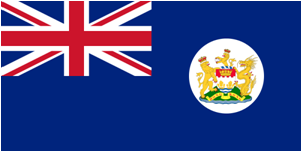 Albeit a work in progress, it involves a family’s separation from their non-Chamorro father during World War II in Palau. After the father succeeds in helping his Chamorro wife and their children escape on a U.S. ship to Guam, the Japanese charged him with spying and executed him in Palau.
Albeit a work in progress, it involves a family’s separation from their non-Chamorro father during World War II in Palau. After the father succeeds in helping his Chamorro wife and their children escape on a U.S. ship to Guam, the Japanese charged him with spying and executed him in Palau.
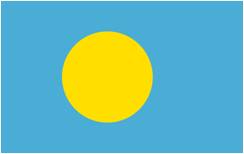 To this very day, the body of this person has never been recovered and the family continues to search for clues so that they may recover his remains and have some level of closure.
To this very day, the body of this person has never been recovered and the family continues to search for clues so that they may recover his remains and have some level of closure.
What provoked the request for my help was the recent passing of a grandfather, who was the son of the non-Chamorro that was executed during the war. Death has a way of making people re-evaluate and possibly adjust perceptions and outlook on life as we see and know it today.
With this particular case, it has been an interesting journey to learn more about the history and conduct of the U.S. Navy’s War Crimes Tribunals that were held on Guam from 1945-1949. Not to mention all at a time when even Guam, Sa'ipan, Rota, Tinian and its people were in the process of recovering from the destructions of war.
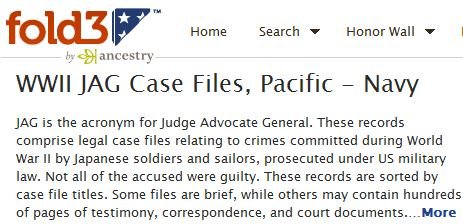
Pass it Forward
So I still wonder about what motivates us to look beyond what already exists.
I do believe that it is, in part, attributed to our ancestral spirit carried forward from generation-to-generation that drives us towards looking for and embracing our heritage…all of it…who we are…what had preceded us…and conveying the stories for future generations to come.
Database Update 2 Nov 2013
- Details
The database has been updated and has grown from 304,887 to 305,363 names.
Pulan: More Moon Talk
- Details
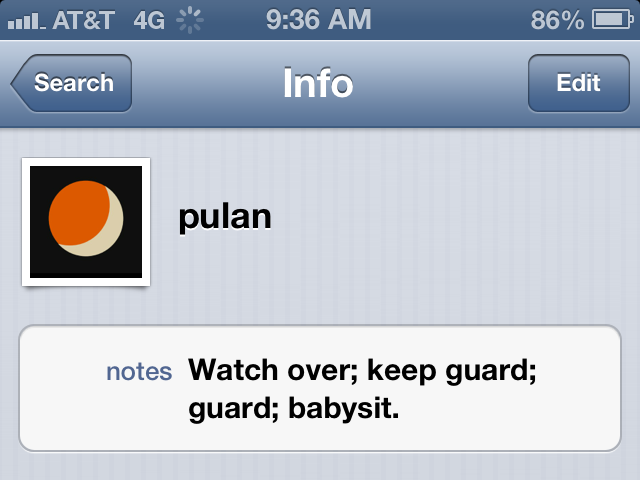
Have you ever read Michael Lujan Bevacqua's (Miget) article on MVGuam, “I Pilan Yanggen Sumåhi…?” Just recently on October 19, 2013 I came across and read it. Little did I know that he had MVGuam published it on November 2, 2011 in his weekly column series “When the Moon Waxes.” You can view Miget’s write-up at http://www.mvguam.com/opinion/when-the-moon-waxes/20595--i-pilan-yanggen-sumahi.html
Coincidently and just a couple of months prior to that, on September 26, 2011, I published my article "Nihi ya ta fan Mamulan i Kuttura-ta: The Essence of the Moon in Our Culture," on the Chamorro Roots FaceBook Group. For those unable to access this group on FaceBook I have made another version accessible by clicking here.
This coincidence took me by surprise. Both articles on the moon were written independently and at two separate geographic locations. It gave me goose bumps and made me wonder if the moon had anything to do with aligning both our thoughts on the topic.
 If you are not aware, Miget is a Professor at the University of Guam and has published and presented many topics on Chamorro history. He is also a fellow contributing author for Guampedia.com (http://guampedia.com/michael-lujan-bevacqua-2/).
If you are not aware, Miget is a Professor at the University of Guam and has published and presented many topics on Chamorro history. He is also a fellow contributing author for Guampedia.com (http://guampedia.com/michael-lujan-bevacqua-2/).
Also of recent news, the University of Guam developed and launched its Chamorro Studies as a major. Miget and many other Chamorro’s are currently teaching or presenting at these courses.
This is great news and a solid tool towards preserving and passing on the knowledge of our people, language, islands, culture and history for generations to come! Magahet ta fan mamulan i kuttura-ta!

Page 60 of 84

